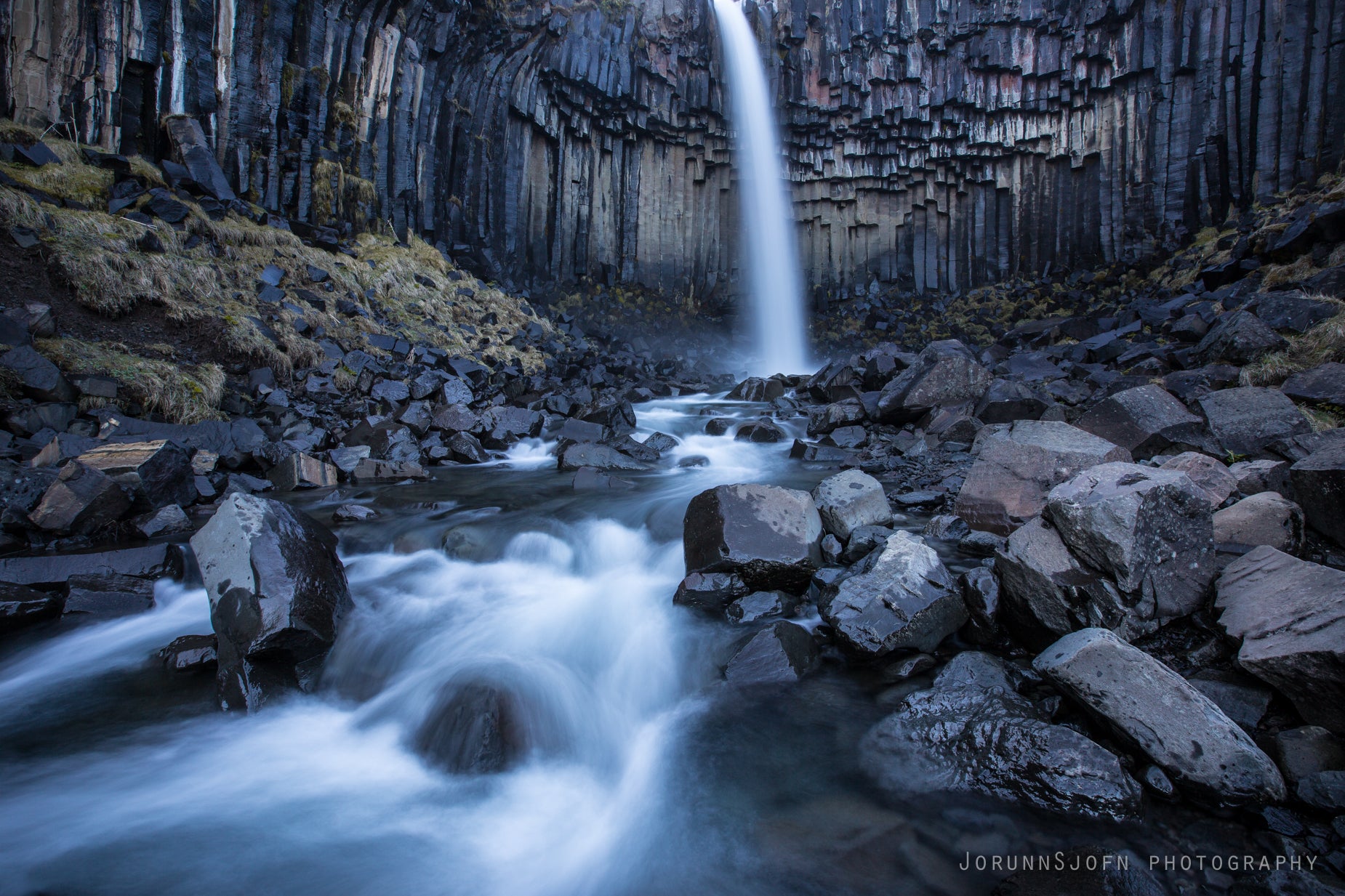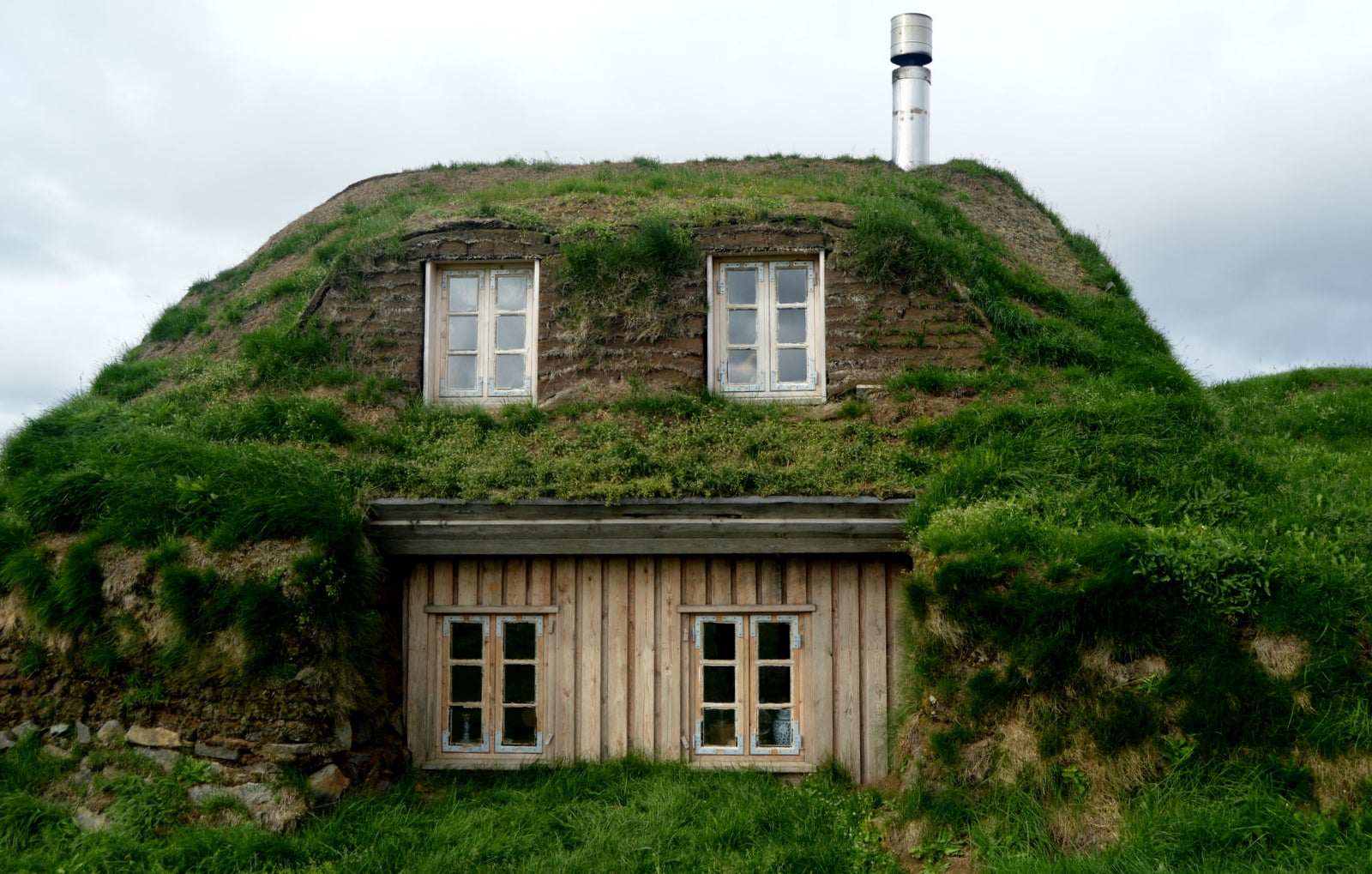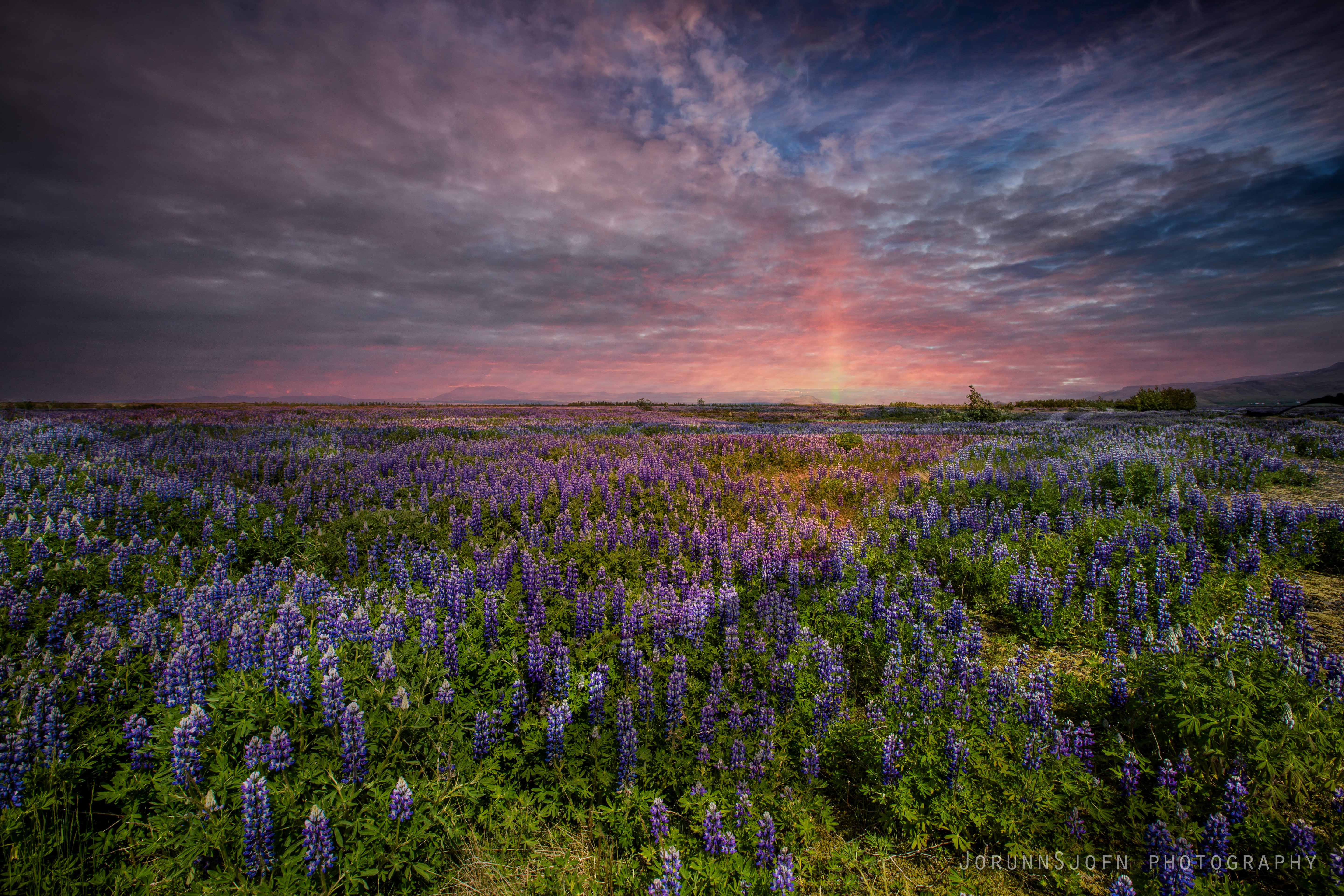If you have ever travelled to the West Fjords of Iceland you will know that it is an unbelievably beautiful region, partly because it is so unspoiled. It is unspoiled largely because it is so remote, because the roads aren't great in many places, and because the terrain is such that you have to drive vast distances to get where you want to go, along seemingly endless coastlines of fjords that cut deep into the landscape. Often those roads take you up on heaths or mountain passes that are not for the faint of heart ... I don't know for how much of our trip we were driving along roads that were cut into the mountainsides with a sheer drop on the one side, way way down.
If you want to run a tourism business in the West Fjords, it's a major struggle. The season is so short - maximum six weeks - that there's no way to make a living from it year-round. Speaking to the people there who are involved in tourism, you get a clear sense of how difficult it is to live there. The road that leads from the southern fjords like Patreksfjörður and Tálknafjörður and up to Ísafjörður - the main town in the area - closes in the fall and generally remains that way for most of the winter. That means the southern fjords are cut off from the north, and if the folks living there want to get to Ísafjörður, say for a regional meeting, they have to drive counter-clockwise around the whole West Fjords area (the "head of the beast" if you're looking at Iceland on a map), which is approximately equivalent to driving twice to Reykjavík and back.
The only place on the West Fjords serviced by regular flights is Ísafjörður. You might think this would help tourism in the off-season, that at least they could schedule conferences or weekend getaways up there, but the problem is that, with Iceland's capricious weather conditions, flights are frequently cancelled. One man I spoke to said that, last winter, flights were cancelled every third day on the average. Obviously that makes things really difficult - say you had a three-day weekend getaway planned and your flight was cancelled - conceivably you could drive up there, but that would take one full day, and if the weather was so bad that flights were cancelled ... well, let's just say I wouldn't feel terribly comfortable driving in weather like that.
So the tourism operators up there have to work at least two or three different jobs if they want to make a decent living. Even so, there's no sense of defeat or self-pity up there - on the contrary. The people I met were upbeat, jovial and optimistic. Sure, they would like the government to do more to improve the infrastructure in the area, and they are hopeful that a planned tunnel between the southern and northern fjords will make a huge difference (construction is scheduled to begin next year - I think - and to be completed by 2020), but they're not sweating it. They're a resilient bunch. Not to mention proud: in the places where I distributed my book, for example, almost everyone wanted to pay for the copies immediately, rather than sell them on consignment, like almost everyone does in Reykjavík. Like they didn't want to owe anyone anything.













